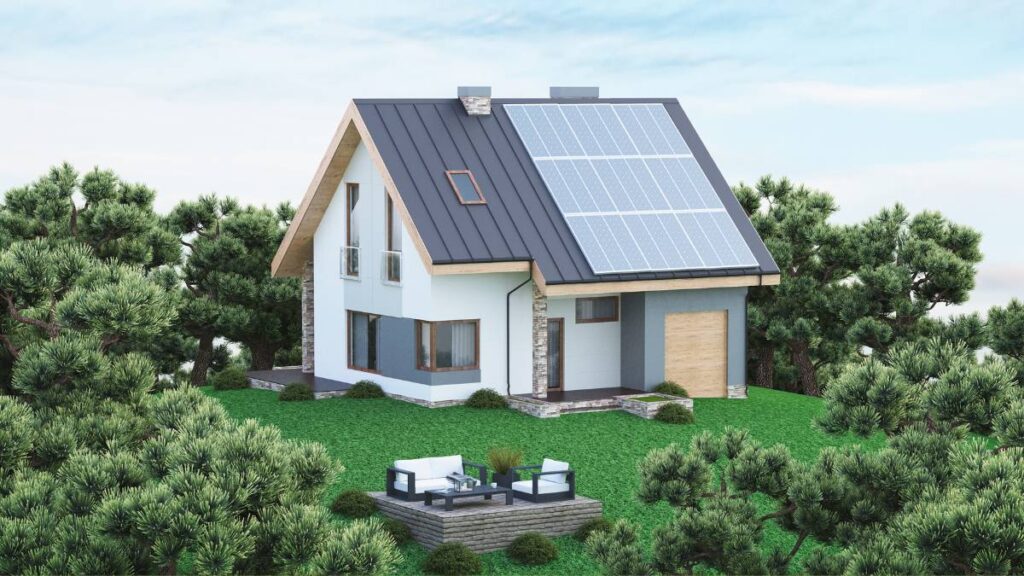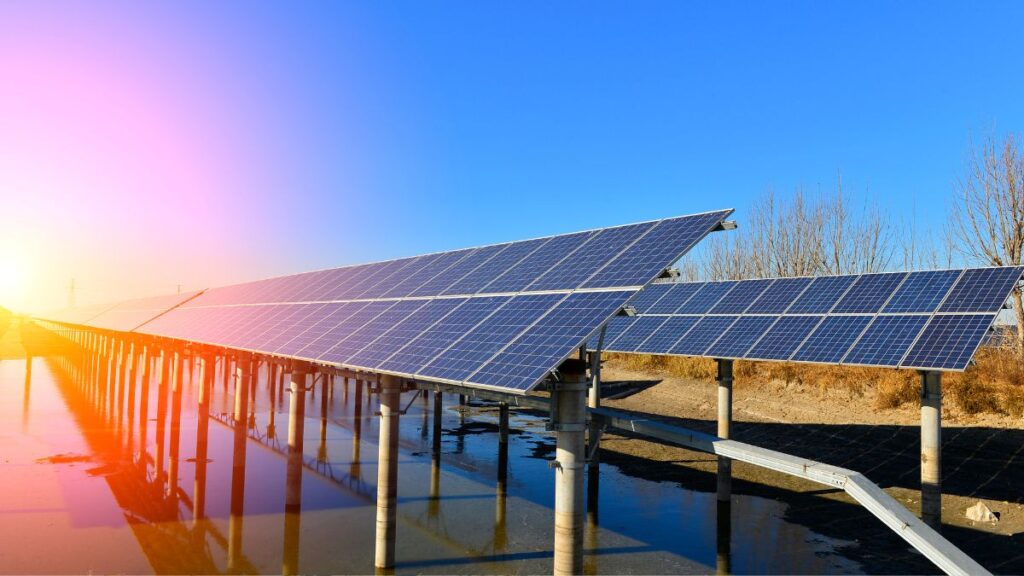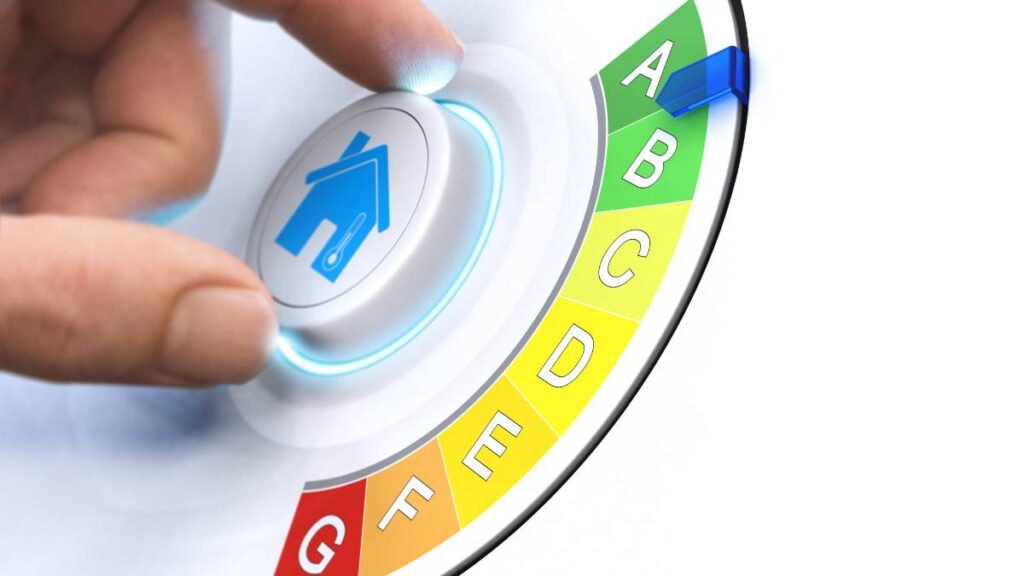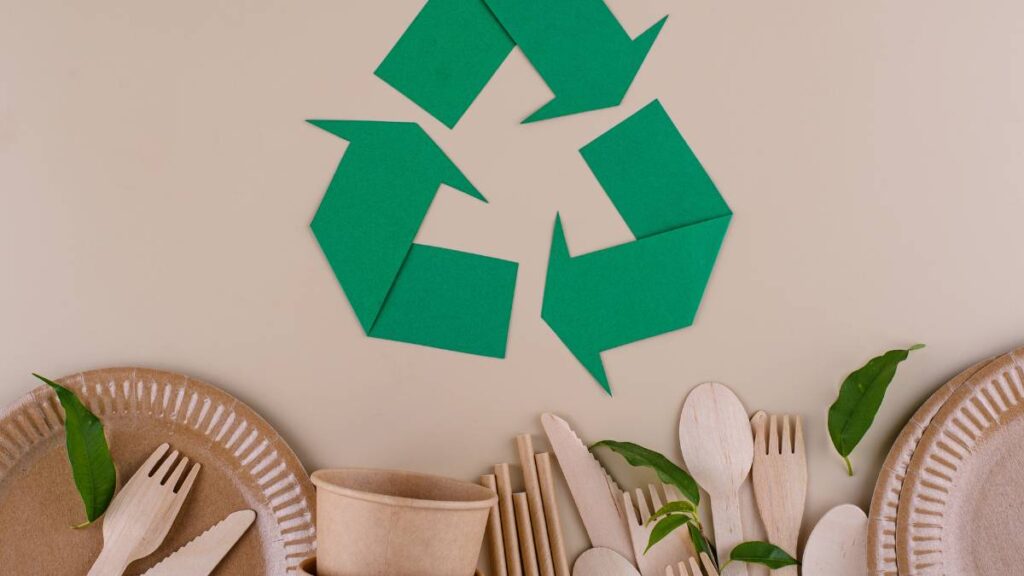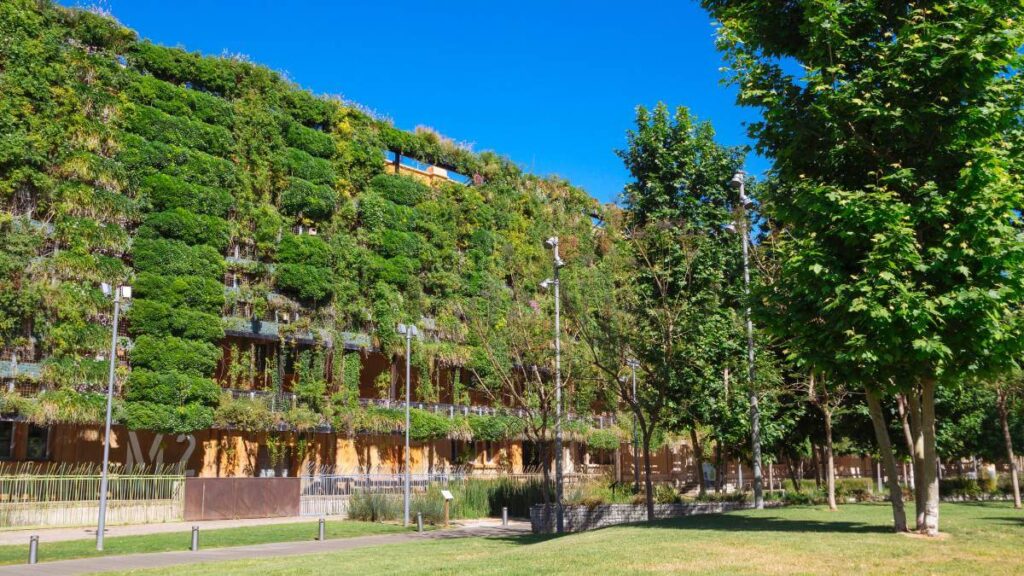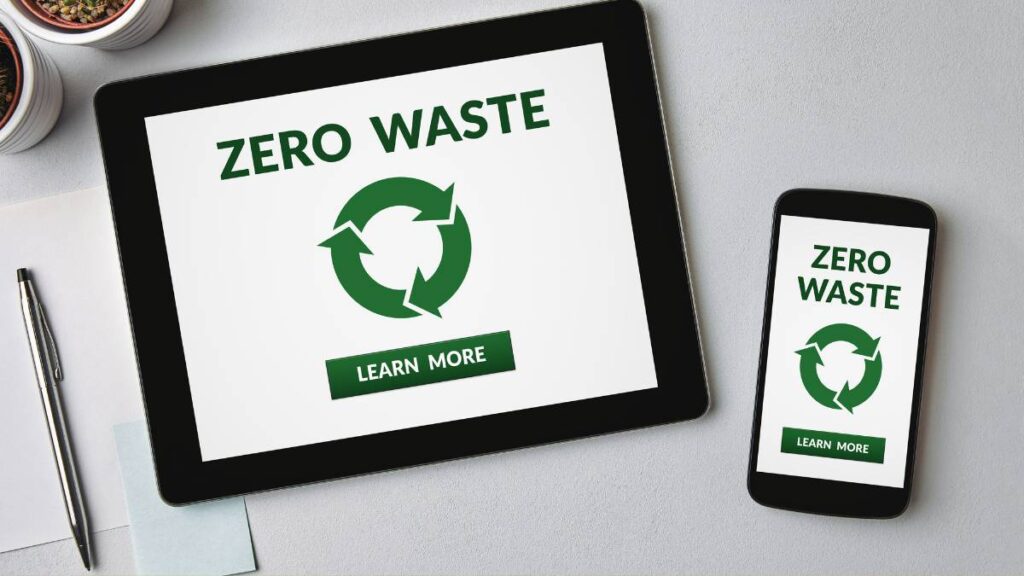Green building is the practice of designing, constructing, and operating buildings to minimize their environmental impact and maximize their social and economic benefits. Green building is not only good for the planet, but also for the people who live and work in them, as they offer better indoor air quality, comfort, and well-being. Green building is also becoming more affordable and accessible, thanks to the innovations in sustainable home design that are emerging in the industry.
In this blog post, we will explore some of the latest trends in green building and sustainable architecture, including eco-friendly materials and energy-efficient design principles.
Eco-Friendly Materials
One of the key aspects of green building is the use of eco-friendly materials, which are materials that have a low environmental impact, such as recycled, renewable, or biodegradable materials. Eco-friendly materials can help to reduce the waste, emissions, and energy consumption associated with the production, transportation, and disposal of conventional materials.
Some of the examples of eco-friendly materials that are gaining popularity in sustainable home design are:
- Bamboo: Bamboo is a fast-growing and renewable plant that can be used for various purposes, such as flooring, furniture, and roofing. Bamboo is durable, lightweight, and flexible, absorbing carbon dioxide and releasing oxygen. Bamboo can also create a natural and aesthetic look for the home.
- Cork: Cork is a natural and renewable material that is harvested from the bark of cork oak trees, without harming the trees. Cork is versatile, resilient, and insulating, and it can be used for flooring, wall panels, and furniture. Cork can also provide sound and thermal insulation, as well as fire and water resistance.
- Hempcrete: Hempcrete is a mixture of hemp fibers, lime, and water, that can be used as a building material for walls, roofs, and floors. Hempcrete is strong, lightweight, and breathable, and it can regulate the temperature and humidity of the home. Hempcrete can also sequester carbon dioxide and prevent mold and pests.
Energy-Efficient Design Principles
Another important aspect of green building is the use of energy-efficient design principles, which are design strategies that aim to reduce the energy demand and consumption of the home, as well as to increase the use of renewable energy sources. Energy-efficient design principles can help to lower the utility bills, greenhouse gas emissions, and dependence on fossil fuels of the home.
Some of the examples of energy-efficient design principles that are becoming more common in sustainable home design are:
- Passive design: Passive design is a design approach that uses natural elements, such as the sun, wind, and water, to heat, cool, and light the home, without relying on mechanical systems. Passive design can include features such as orientation, shading, insulation, ventilation, and thermal mass, that can enhance the comfort and efficiency of the home.
- Smart design: Smart design is a design approach that uses technology, such as sensors, devices, and software, to monitor, control, and optimize the energy use and performance of the home. Smart design can include features such as smart thermostats, smart lighting, smart appliances, and smart meters, that can automate and adjust the settings and operations of the home.
- Solar design: Solar design is a design approach that uses solar energy, either directly or indirectly, to power the home, or to provide heating, cooling, or lighting. Solar design can include features such as solar panels, solar water heaters, solar air conditioners, and solar skylights, that can harness and utilize the sun’s energy.
Conclusion
These are some of the latest trends in green building and sustainable architecture that are shaping the future of the industry and society. By using eco-friendly materials and energy-efficient design principles, sustainable home design can create more healthy, comfortable, and affordable homes, while also reducing the environmental impact and enhancing the social and economic benefits.
If you are interested in learning more about green building and sustainable home design, you can check out these resources:

